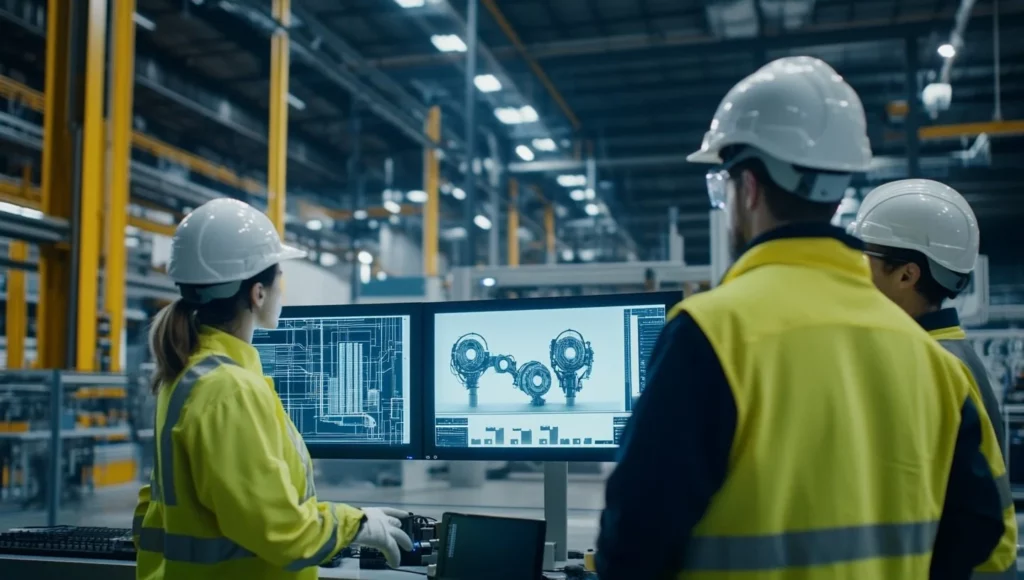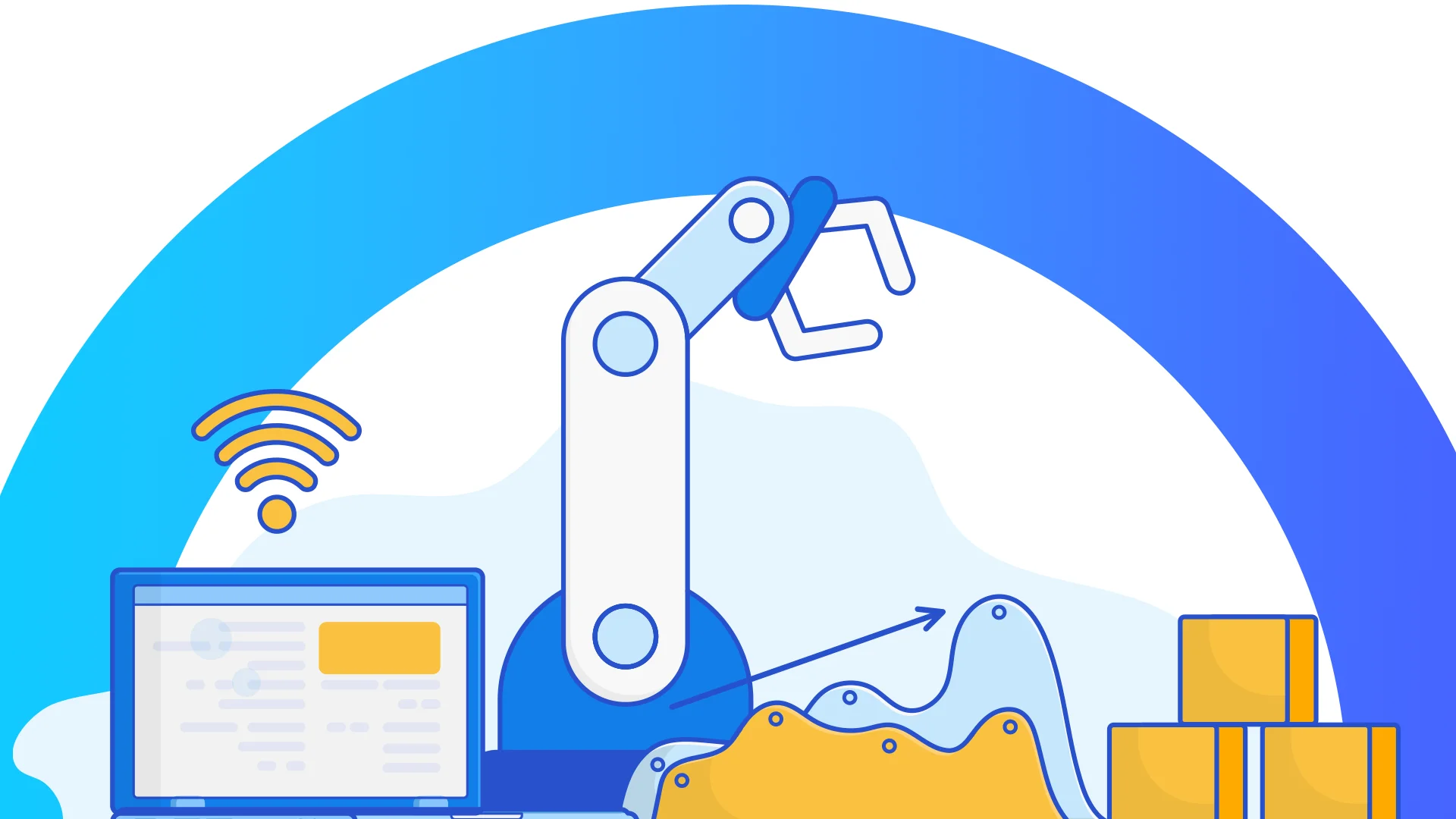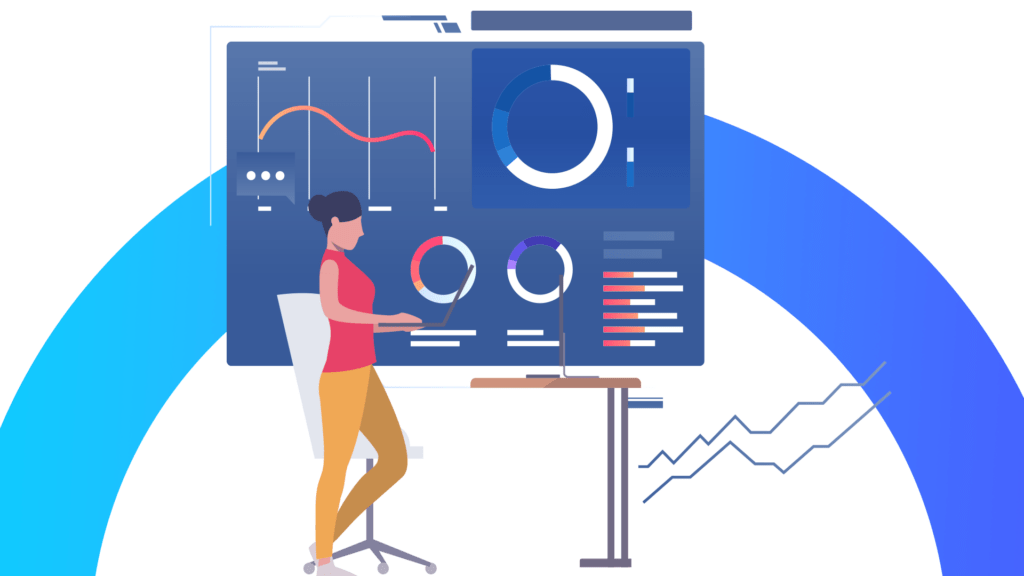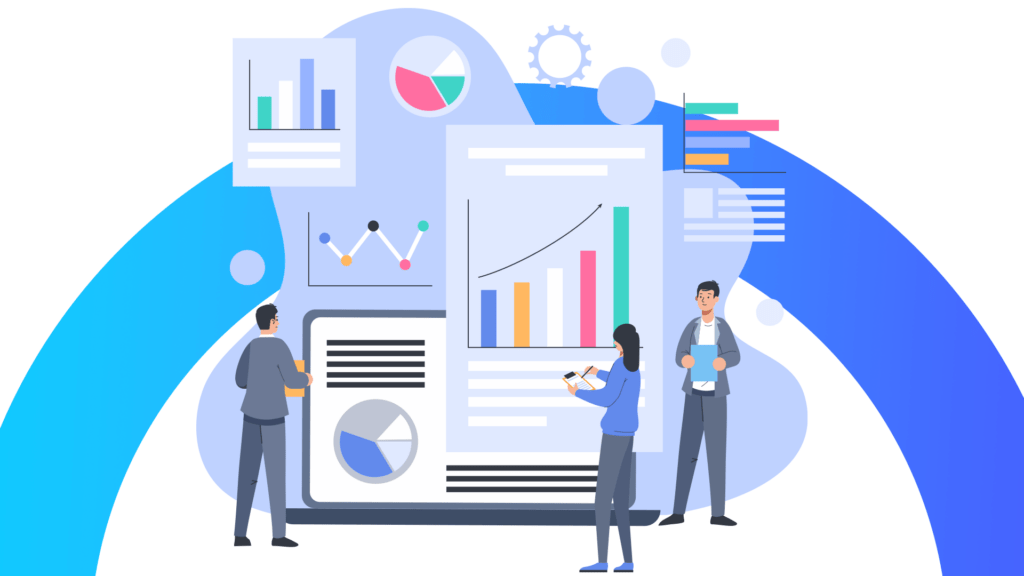Understanding the need for digital twin technology
What if you could create your own private search engine for every asset you own? What if you could look on behalf of an asset, like pumps and quickly access all pertinent information? This could include documents, 2D & 3D models, tags, drawings, laser scanners and much more. For decades, companies have invested in technologies that allow users to improve the methods used to ensure reliability, operations, and maintenance. Although Asset Performance Management is nothing new in the business world, today’s solutions do not satisfy the requirements of the industries.
Nowadays, a majority of people can’t even imagine their lives without Google. It has truly transformed our way of life. Engineers, who spend 30-50% of their time searching and verifying data, will soon find digital twin technology just as essential.
Before we discuss what challenges are faced by engineers, it is important to ask the question: What is digital twin technology?

Digital twins are virtual representation systems or objects designed to mirror physical objects as closely as possible. They cover their lifecycles updated via live data feeds and combine simulation, machine learning, and reasoning to aid in decision-making.
For more in-depth information on the workings of a digital twin and how it enables smarter manufacturing, click here.
Challenges tackled by digital twin technology
Engineers struggle to manage vast amounts of data, including line lists, piping diagrams, spreadsheets, documents, drawings, and 3D models. The challenge is compounded by this data being scattered across departments, teams, and various tools, both paper-based and digital. Furthermore, data varies throughout assets’ lifecycles and changes based on the project type. Understandably, it is difficult to keep track of all this information, especially if it’s in constant flux.
Engineers also need to ensure that asset needs are being met and everyone involved stays updated on the latest information. If we get to the bottom of this, it is an industrial data management problem. This issue arises from departmental data silos, undocumented data, inconsistent workflows, and a lack of cross-site scalability. Simply put, many Asset Performance Management (APM) strategies fail because accessing complex industrial data is too difficult.
What's the solution?
When the information is contained in the form of a digital twin technology, the engineer’s time is freed, and they can concentrate on other important tasks.
Digital twin technology provides a single solid and reliable database for analytics and operations across facilities and assets. Industry experts are able to spend only a few minutes, not hours, in order to discover and comprehend the required data. Digital twin technology allows you an opportunity to consolidate domain knowledge, continuously improve your industrial data foundation, and take advantage of modern technologies for improved data storage and better operations.
Open and flexible digital twin technologies let your business use tools for visualization. Integrated cloud capabilities make it even more beneficial by enabling easy storage, sharing, and visualization of information. Asset Performance X (APX) offers these capabilities with a Digital Twin backed by the Omniconnect™ Data Cloud, optimizing asset performance. When used in conjunction with each other, these digital tools allow for the creation of an extremely powerful digital twin of the facility.
Imagine, for instance, Google Maps but without the most current traffic updates or maps. Opportunities for you to run into obstructions to your travel, delays in traffic, or other interruptions would be much greater. In engineering, saving time is essential, as every mistake increases the overall project cost and time until completion.
Therefore, visualization is crucial for providing information to people from different departments/fields. If you were to use Google Maps without a visual map but instead see only instructions in text in your application, you’d find it terribly hard to locate your destination. The same applies to engineers who receive an email notifying them that a pump needs maintenance. A lack of visualization tools makes it difficult to determine where that particular pump is located in your facility.
With a user-friendly interface, solutions such as APX users can easily use digital twin technology to choose an asset type, input its design data, and map live tags, leading to automatic and precise calculation of detailed performance KPIs. It operates in real-time, pulling input data from Microsoft Azure to simulate specific sections of a plant or the entire plant itself. This allows for the visualization of asset performance behaviour insights. It further supports the planning and decision-making of O&M activities. Through predictive maintenance, asset behaviour and health are maintained and monitored.
As we began by envisioning the power of the Google search engine, digital twin technology has come full circle to realize this vision for industrial set-ups. By helping engineers overcome data management hurdles, digital twins provide an accurate and dynamic representation of assets throughout their lifespan. Whether its streamlining access, supporting decision making through real-time insights or predictive maintenance. As industries advance in the information age, tools like APX will become essential. This will drive efficiency, cutting costs, and maintaining seamless operations.
To master the use of digital twin technology to optimize your plant operations, and fuel data-backed decision-making, learn more about APX with our experts.




